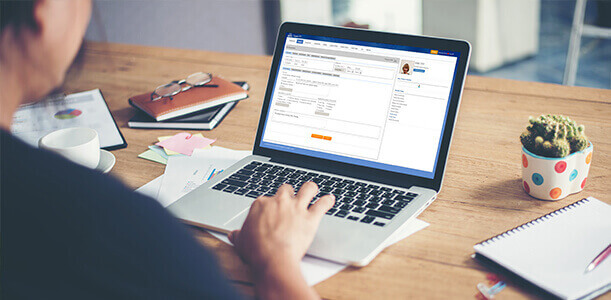If you are a healthcare professional, you know how important SOAP notes are. A SOAP note is the basic building block of a patient record and it’s used to communicate the patient’s history, exam findings, diagnosis, treatment plan, and follow-up to other healthcare providers. It’s also an essential component when billing insurance companies for services rendered. While several different types of SOAP notes software can be used in different situations (pediatric/geriatric etc.), they all have one thing in common: they’re designed to help healthcare professionals provide better care for their patients.
To serve the needs of healthcare professionals
The primary function of SOAP notes is to serve the needs of healthcare professionals. They are used in sessions to communicate with other healthcare providers, as well as with patients. They provide a consistent format for patient records and allow healthcare professionals to be more efficient in their planning, notes, and billing.
SOAP notes can also improve care coordination by providing a standard format for reporting all relevant details about your patient’s diagnosis and treatment plans so that everyone involved in their care has access to the same information.
To provide a consistent format for patient records
The SOAP note format is a standardized way to record information about patients and their illnesses. The S (subject), O (observation), A (assessment), P (plan), and notes sections are used as the basis of SOAP notes. Although there may be some variation in how these sections are filled out among different clinicians, using this basic structure will help ensure consistency within your practice or institution.
The S section outlines pertinent patient demographic data such as age, sex, weight, etc., while the O and A sections describe what the doctor saw during their visit with the patient on record: i.e. “a 55-year-old woman who has been diagnosed with diabetes since childhood” or “A 12-year old boy who has had frequent headaches for two weeks.” These observations can also include laboratory findings or other test results that were performed during an examination, including tests that were completed before seeing a patient that would be helpful when reviewing past histories later.
To allow cinicians to be more efficient in their planning, notes, and billing
In the world of healthcare, SOAP notes are a standard format for recording patient visits. They can be both a way to communicate with other healthcare providers about your patient’s history and treatment plan, as well as a way for you to keep track of your patients and ensure that you’re seeing them on time and following up with them appropriately.
A platform to communicate with your patients and other healthcare providers
When you’re an independent contractor and a provider for multiple different healthcare companies, it can be difficult to keep track of all the paperwork that needs to be completed. With SOAP notes smart software, you don’t have to worry about missing any important information. You can create SOAP notes electronically, which makes it easy for other healthcare providers to access your records. Additionally, if your patient happens to have a question or concern about their health as it relates to their treatment plan, they can communicate with you directly through the SOAP notes app.
Get a quick overview of your client’s medical history and any follow-up needed
You might be wondering how to keep track of your patients. And that’s a great question. SOAP notes, or Subjective, Objective, Assessment, and Plan notes, are an effective way to do just that. When you start using a good SOAP note template in your practice management system, it will help you keep track of each patient’s progress through treatment by providing a quick overview of their medical history and any follow-up needed.
Conclusion
The primary function of SOAP notes is to provide a consistent format for patient records. They also help therapists communicate with their patients and other healthcare providers. To serve these goals, the software must be easy to use and flexible enough for users’ needs.





